I appreciate it thanks for taking a look. The setup took a lot of work and creative thinking over the year slowly understanding what was needed and sourcing the aftermarket parts to get it extracting real nice. The extremeq is an excellent desktop vape done dirty by its stock parts.
I prefer using the orb dry more I like watching the turbulent vapor swirls completely fill up the piece. I do use water in it too when in the mood for it.
Water is good when you are vaping a lot and need some moisture to not get a dry throat. But it gets murky, starts to taste bad and contributes to reclaim deposits forming on the inner glass I think. It filters out some of the plant oils you want in the vapor.
I was absolutely surprised at how much vapor was produced with such little herb. The middle bowl here Is the one used in the video like maybe .05-.1 g?


If I had put the big 18mm omega wand bowl in there it would have really milked up the glass quick lol.
This setup is a microdosing dream!



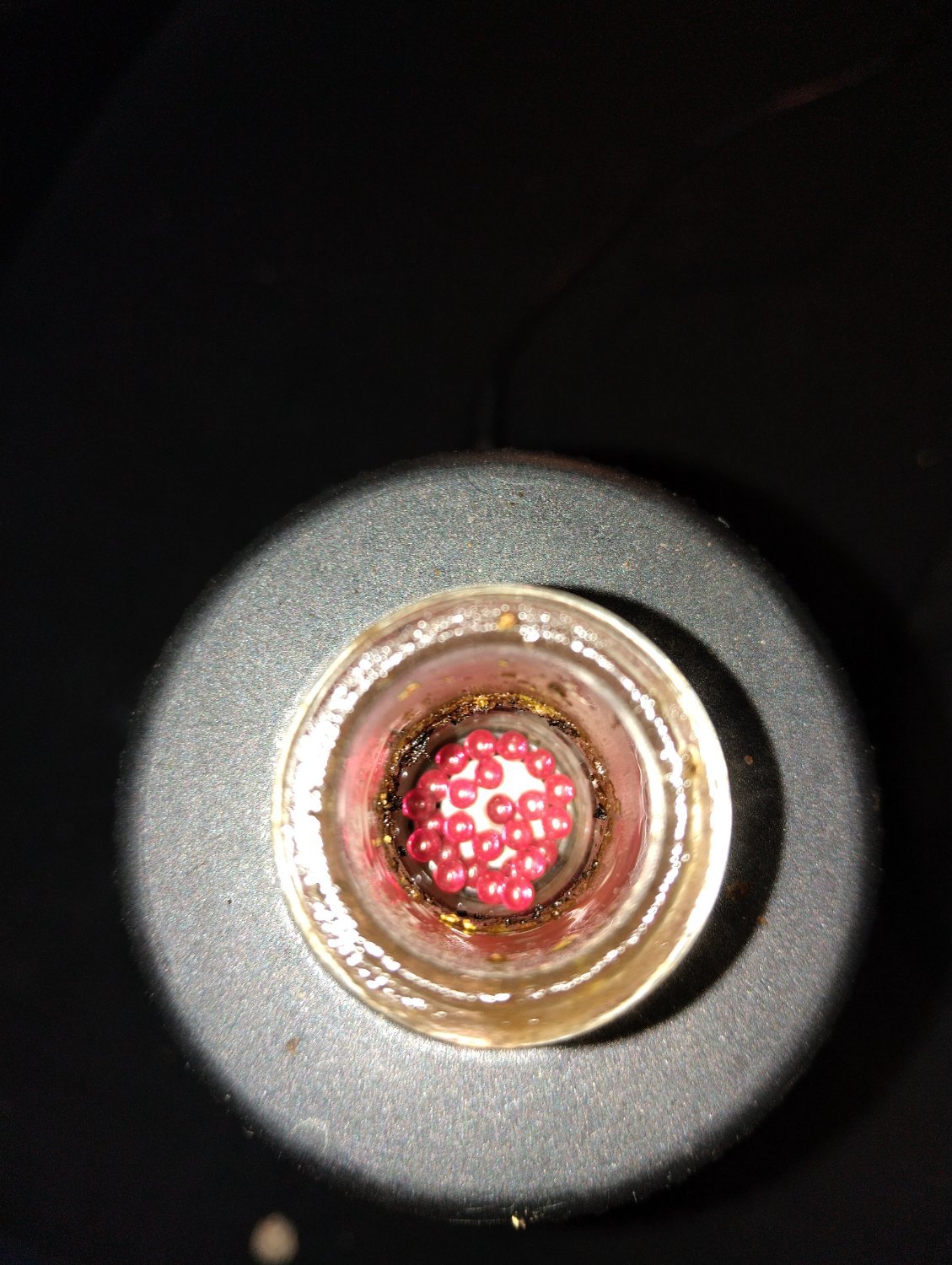
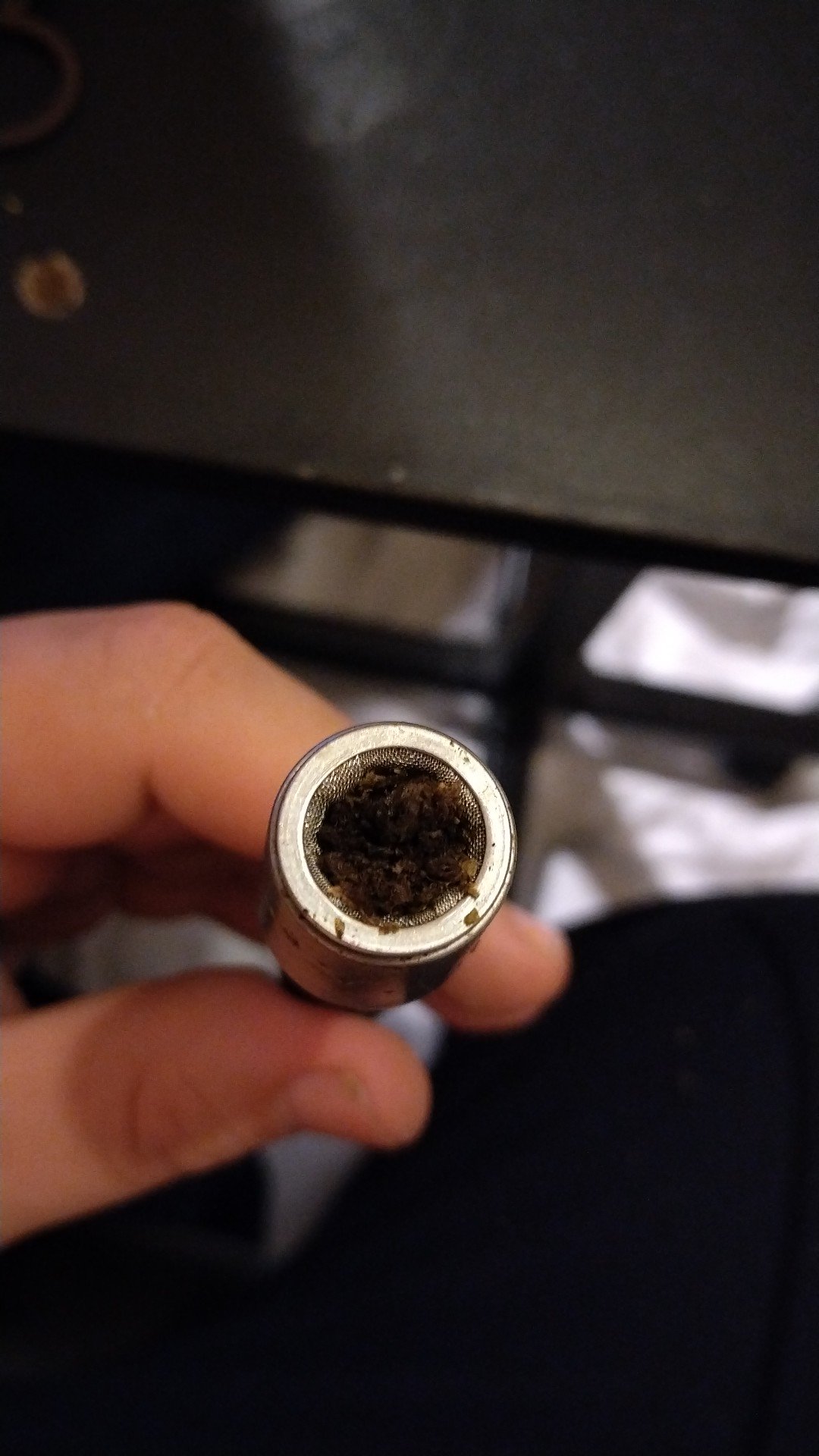


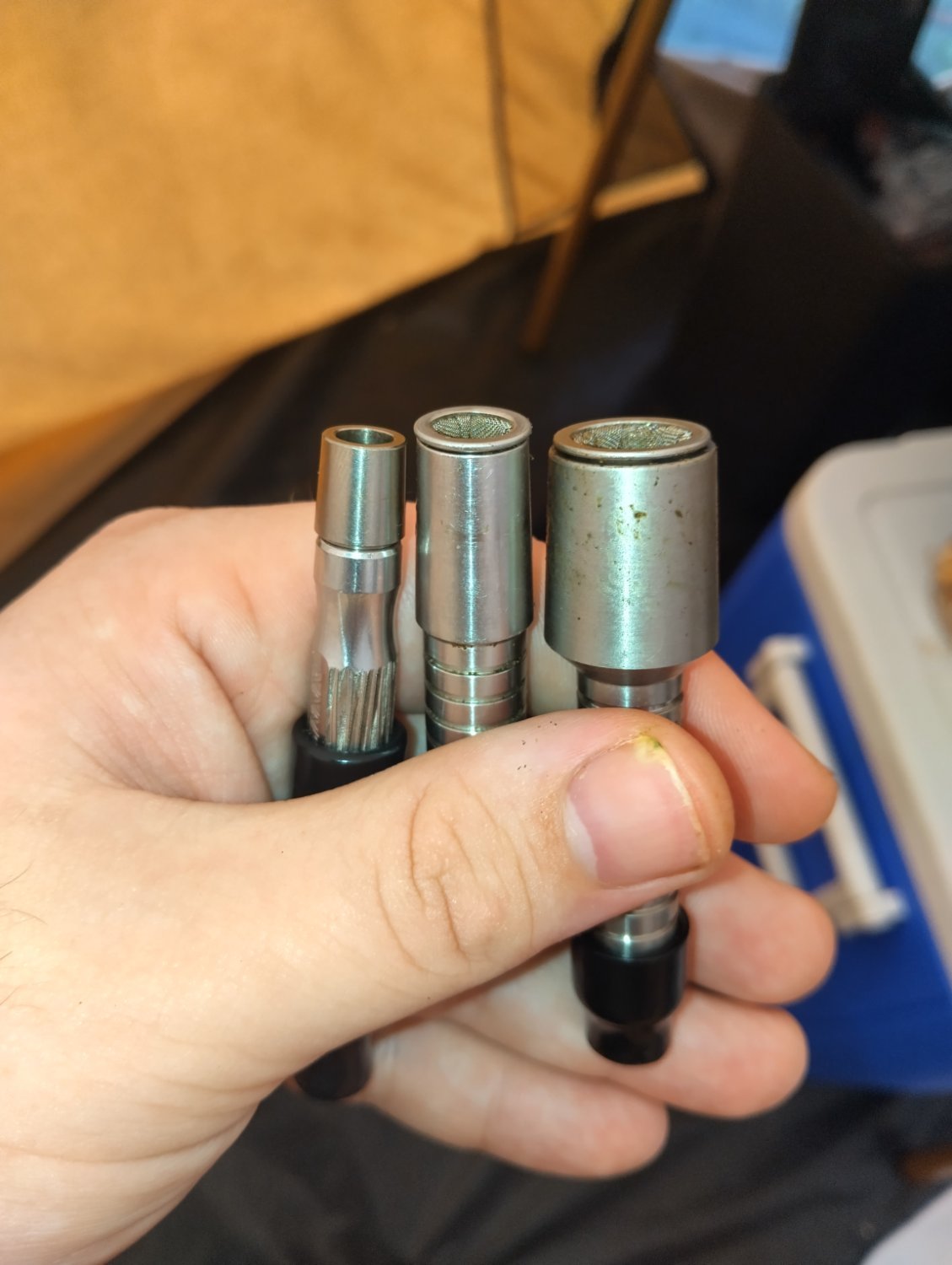
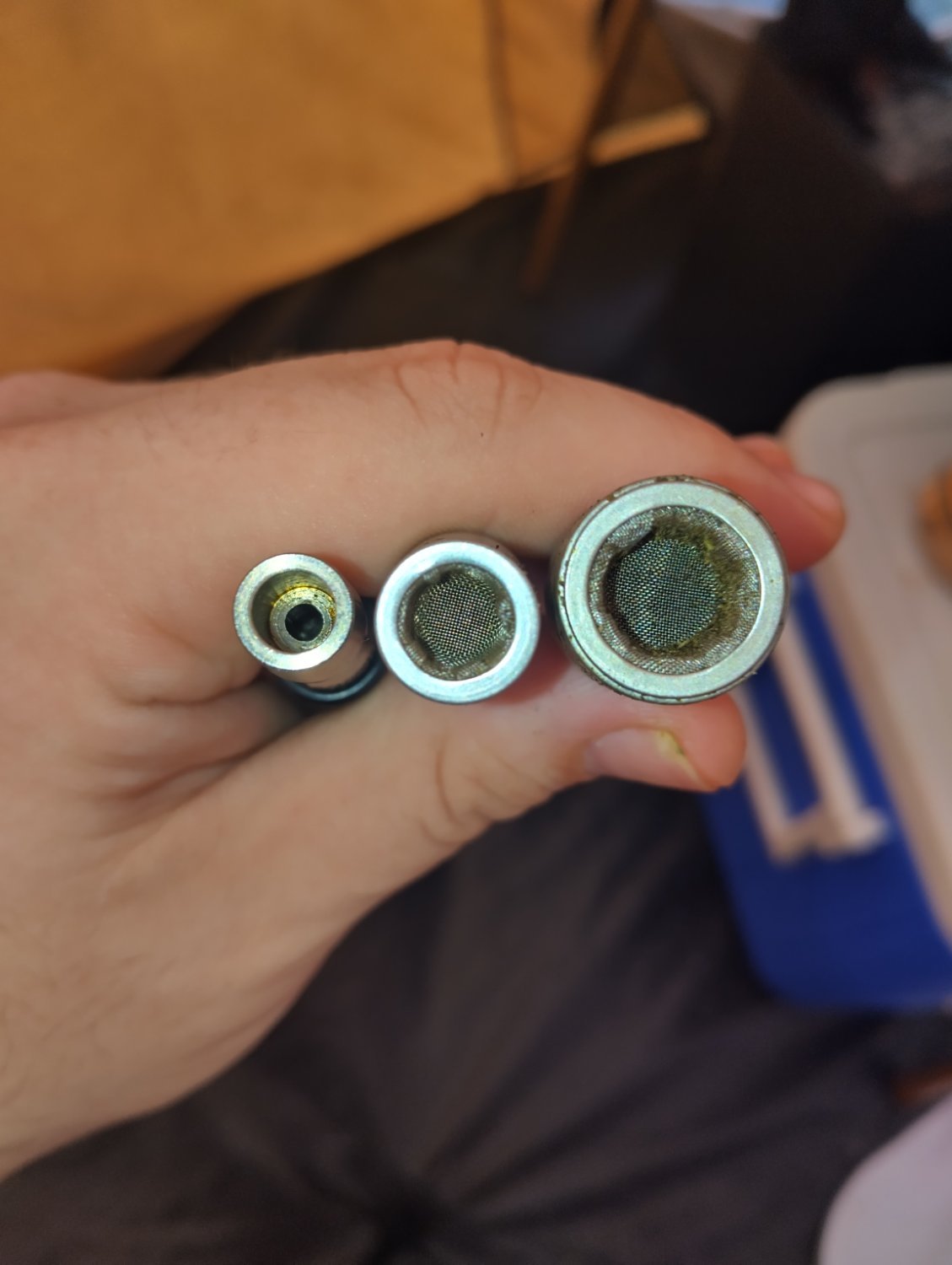
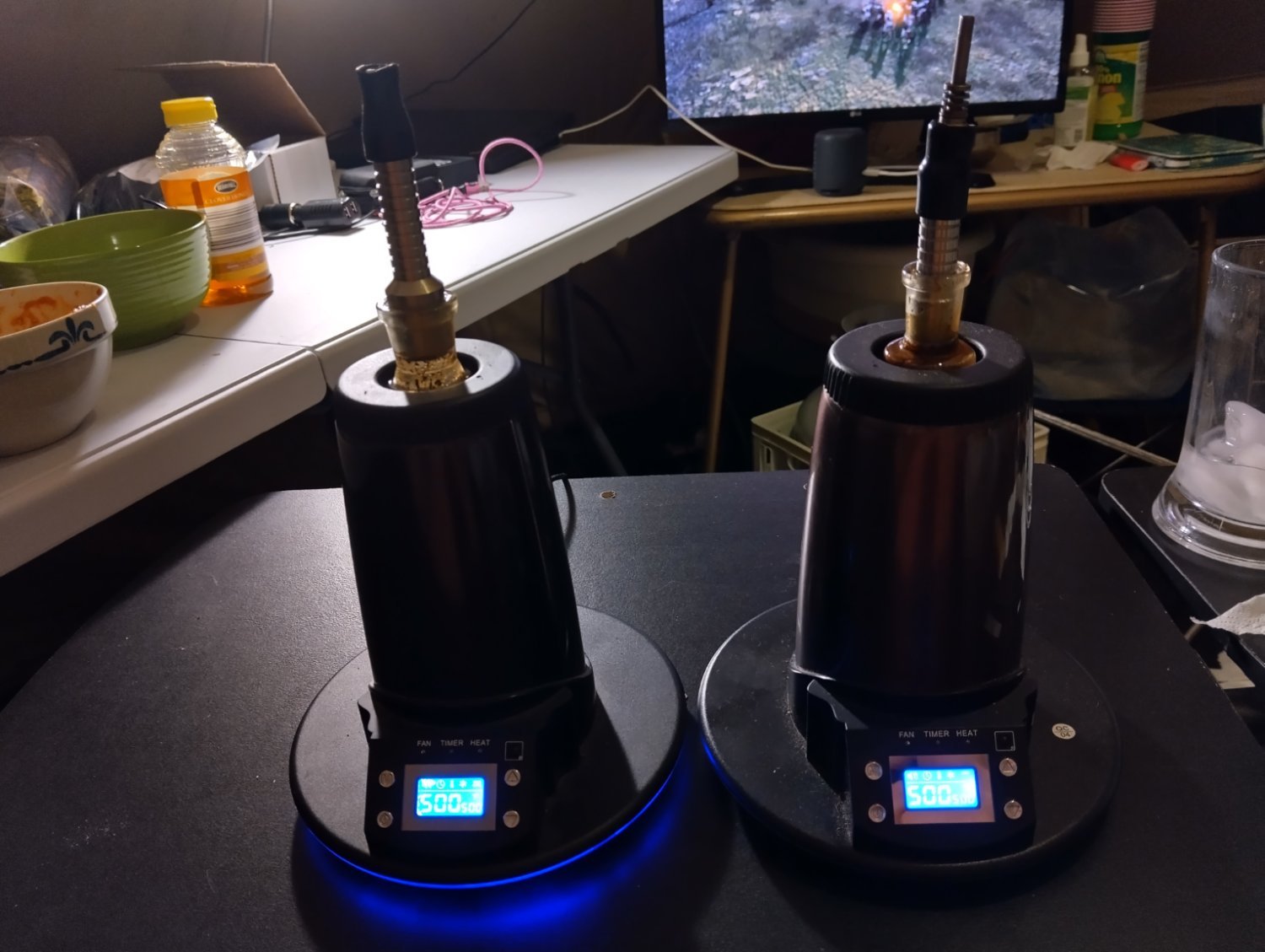
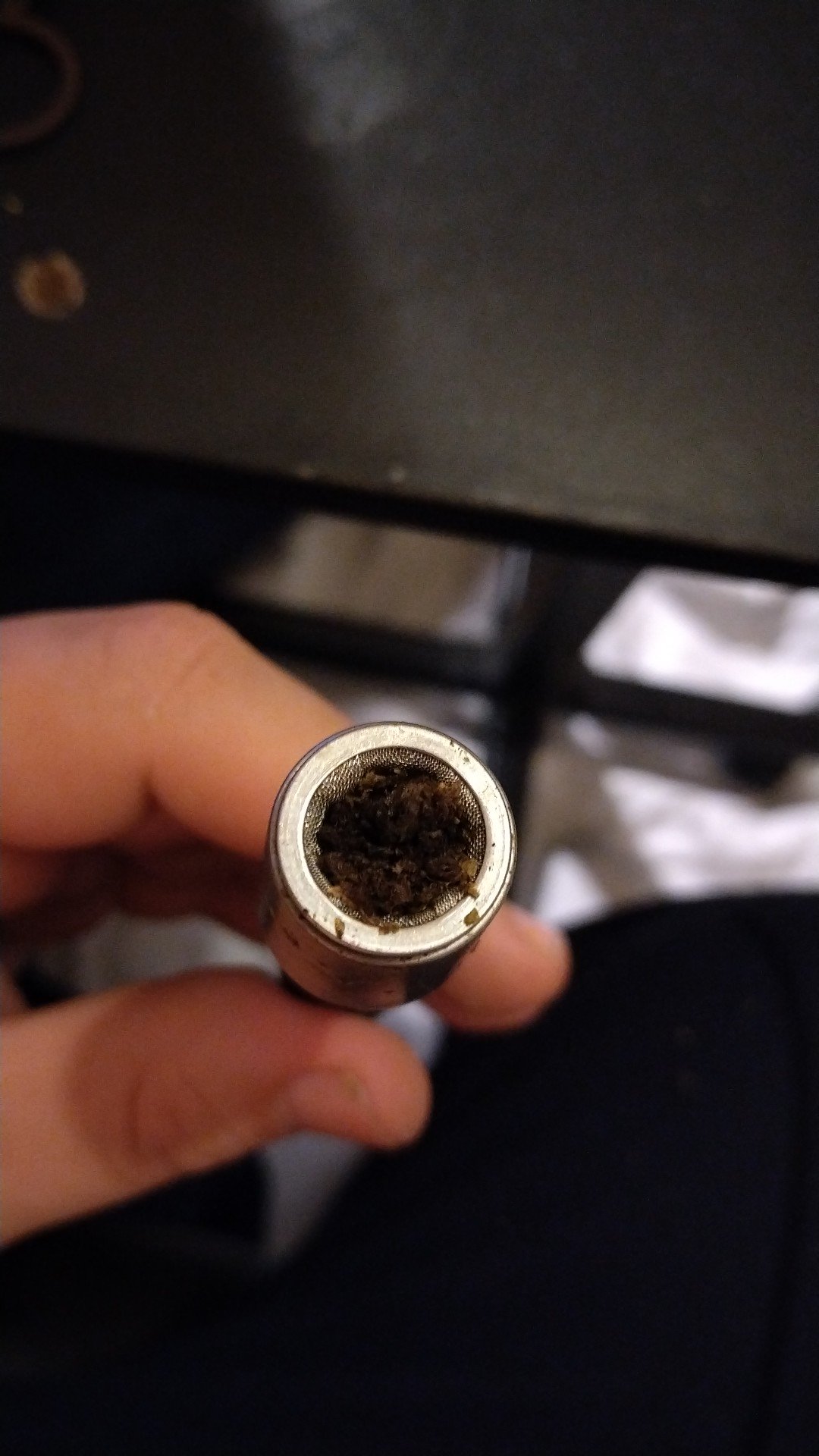
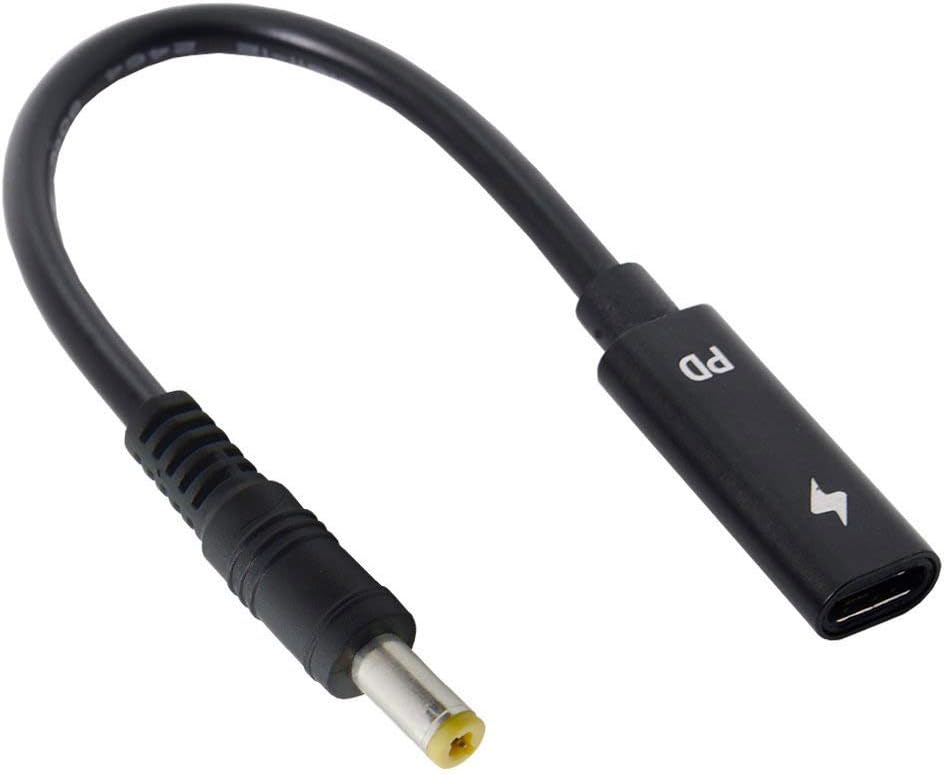
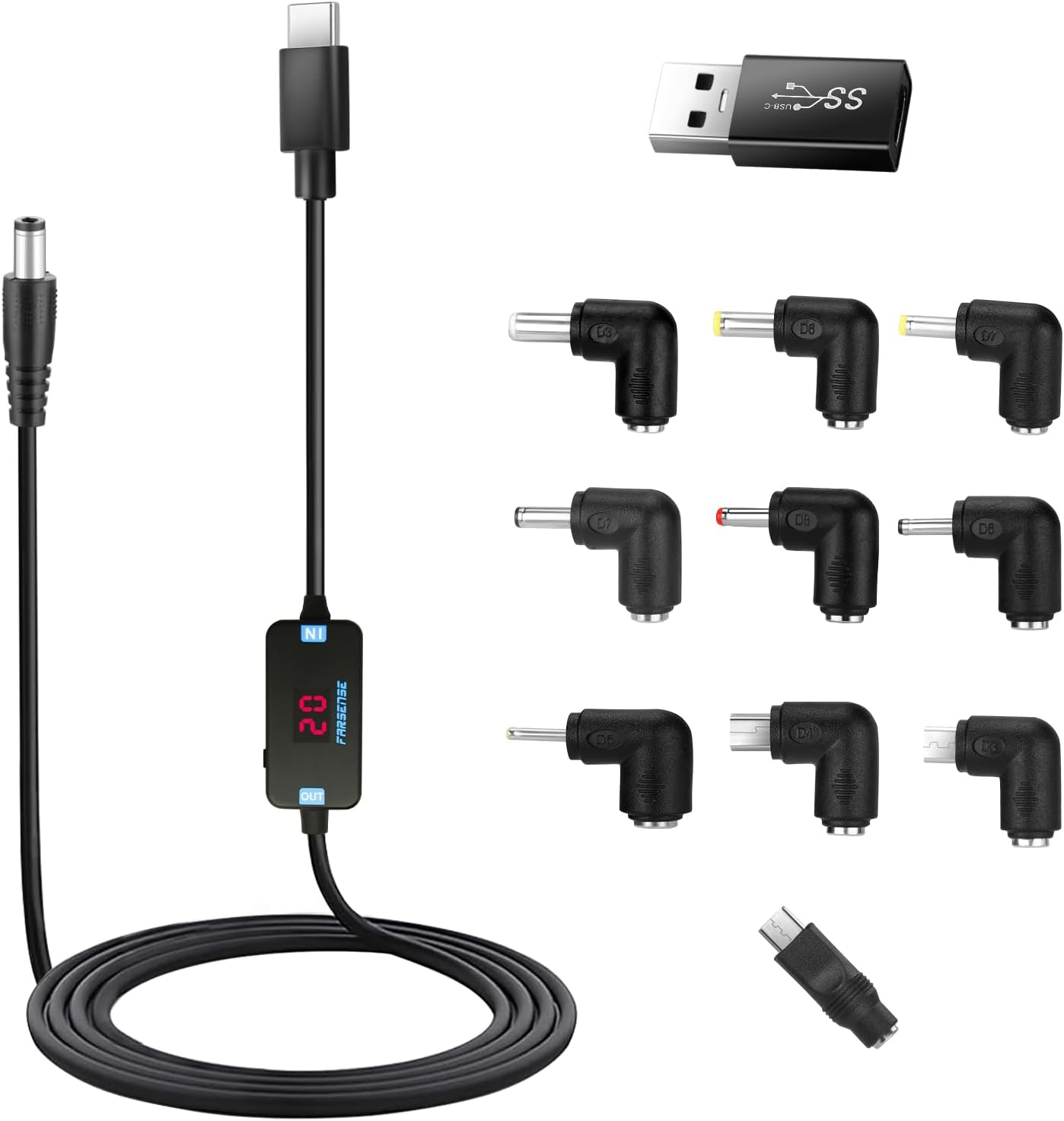
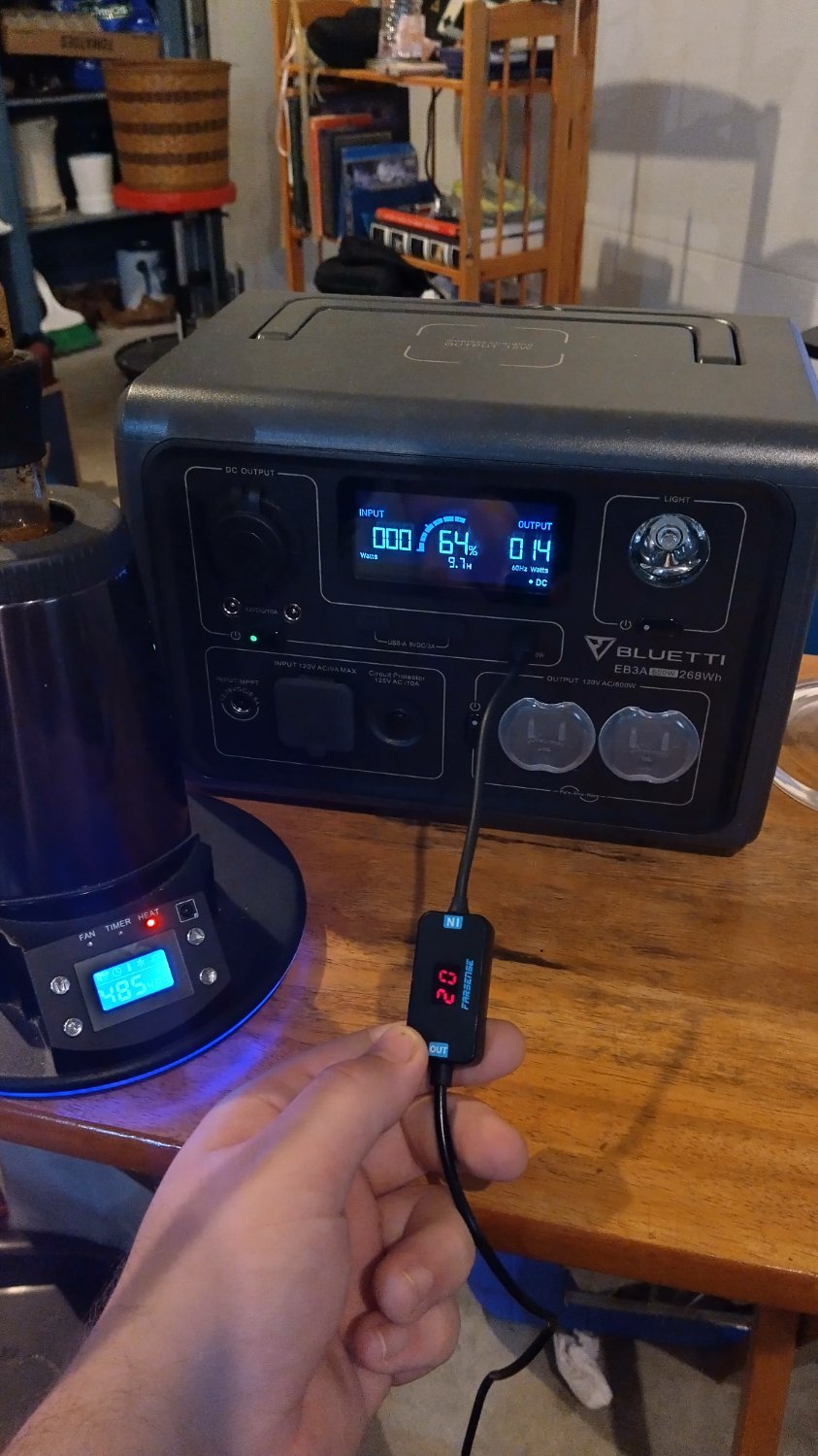
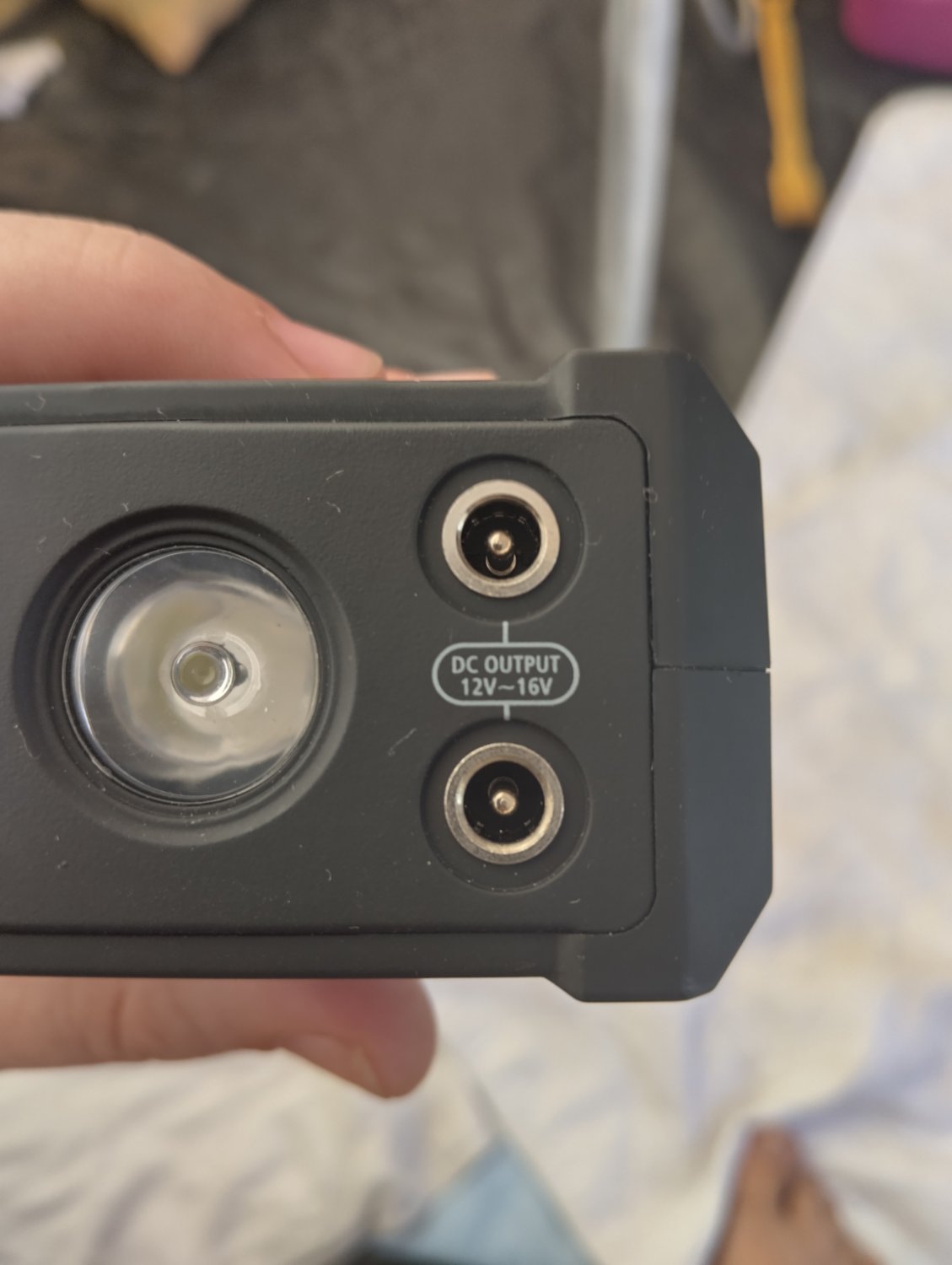

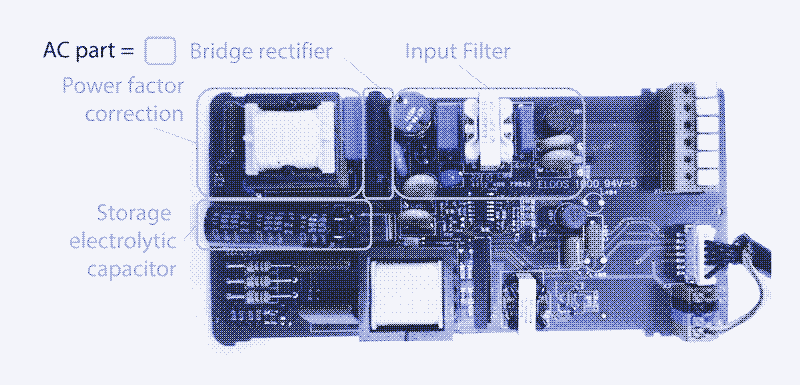
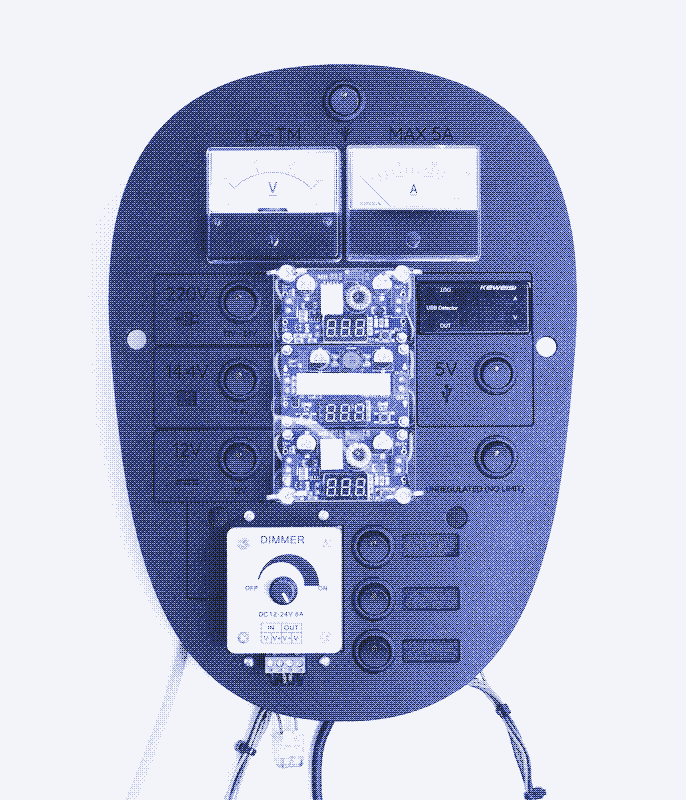

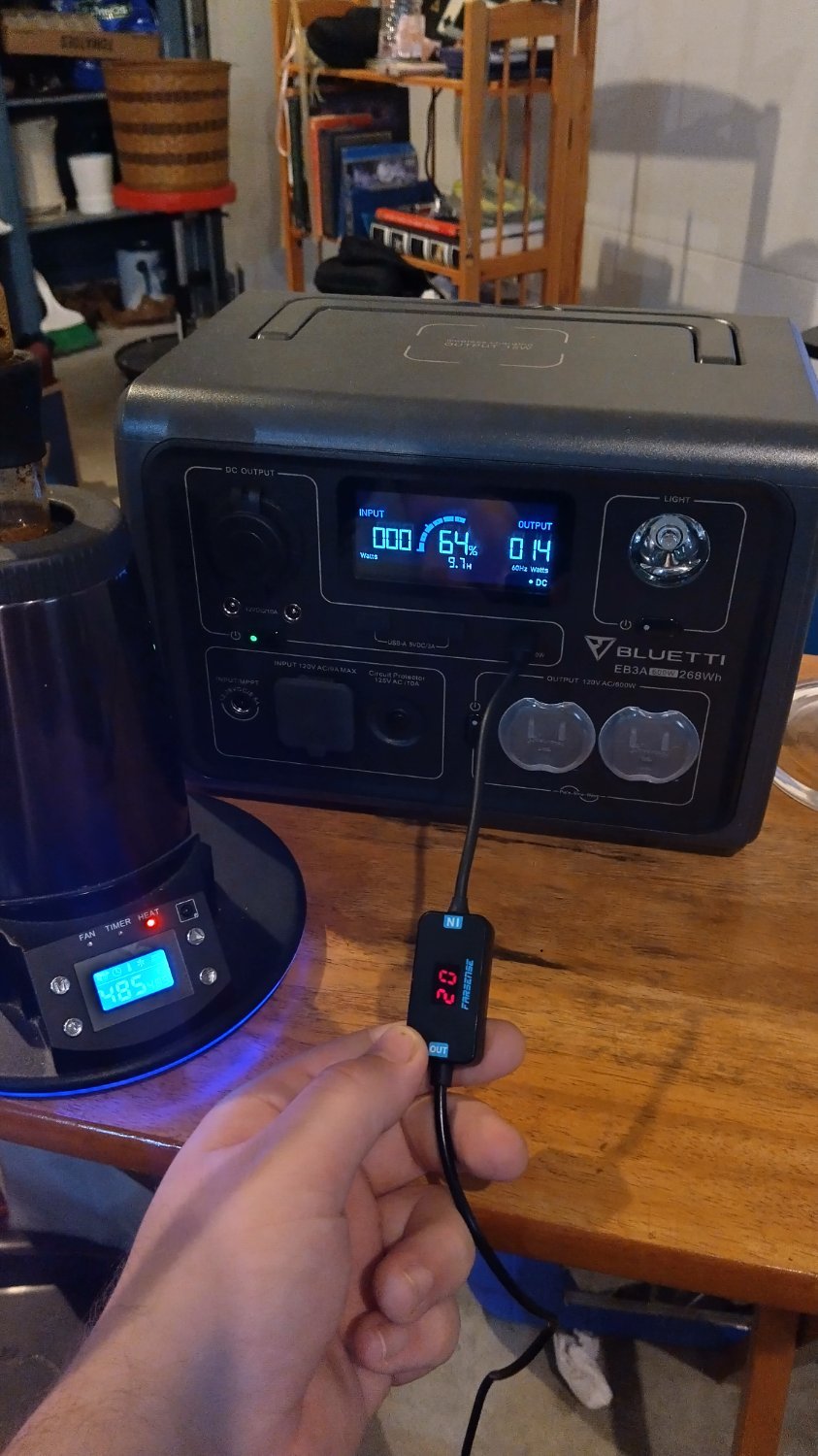









Since we are talking hypotheticals, an ideal scenario would be a nearly completely renewables approach where each household is its own self contained energy production center equippef with solar arrays, wind turbines, thermoelectric generators. Various means of production. And have either propane or diesel generator as a backup. You know your average overall watt-hour usage for the household and try to have enough battery capacity to satisfy it for a week or two of bad weather.
Most household electrical wiring is redone for DC transmission and all consumer appliances possible are run straight on DC for optimal efficency. Energy efficent heat pumps for cooling and heating. energy efficent cooking appliances like induction heaters. Electric cars that act as backup battery banks would be awesome.
Industrial zones would be much harder as you need huge solar panel or wind turbine arrays to get the megawatt and gigawatts needed to run a factory. Most factories are decades old running on the most energy ineffient assembly lines you can think of. A energy mandate that calculated and taxed total energy efficency compared to national average for factory size and the would be a start.
Humanity simply does not “stop” because we go through an energy crisis. We did fine enough before the industrial revoltion and renewables + energy efficent consumer devices have improved a bunch. The economy would tank and what renewable energy made would be a premium commodity and the system would adapt to use it best as possible. But things would go on.